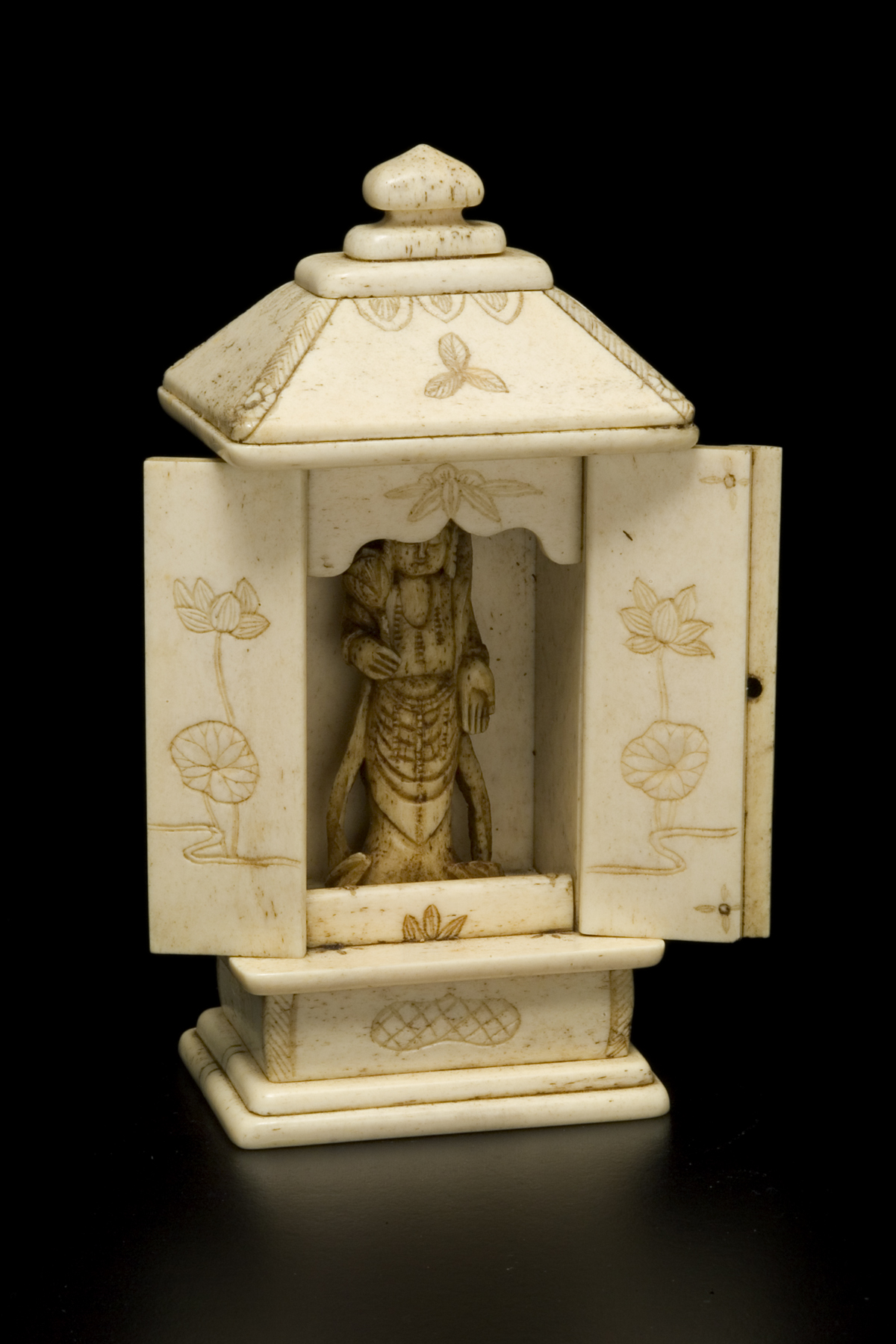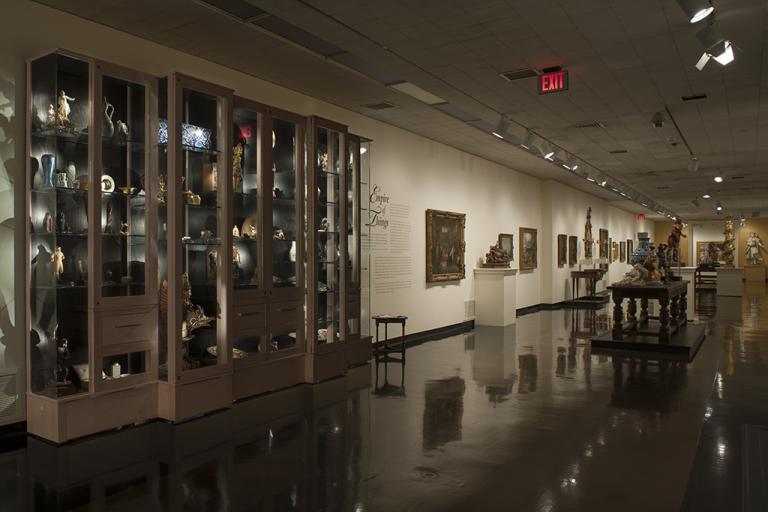miniature shrine, unknown maker from Japan
Artwork Overview
miniature shrine
, early 1900s, Meiji period (1868–1912)
Where object was made: Japan
Material/technique: ivory
Dimensions:
Object Height (Height): 121 mm
Object Height (Height): 4 3/4 in
Object Height (Height): 121 mm
Object Height (Height): 4 3/4 in
Credit line: Gift of Dr. and Mrs. Warren H. Cole
Accession number: 1989.0239
Not on display
If you wish to reproduce this image, please submit an image request










